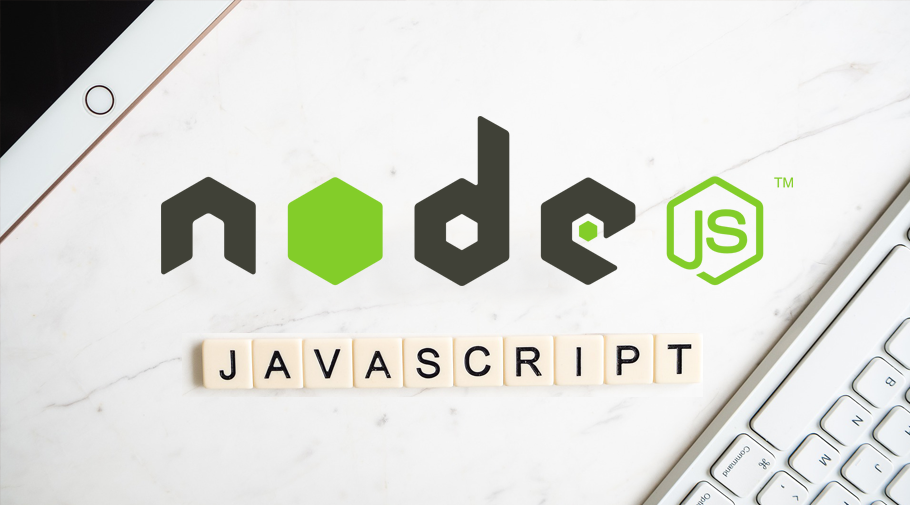What is JavaScript and why do I need it?
Node.js and JavaScript are both top picks for or all the front-end Dev rookies out there.
They work together, but of course, they aren’t the same thing.
JavaScript came into this world to optimize web construction.

25 years of JavaScript
With its evolution, along with the ease of interpretation by web browsers, JavaScript has achieved all its current success.
In 2020, according to GitHub, JavaScript remains the most popular programming language in the world.
It helps make websites interactive and even build games. It’s lightweight, flexible, and powerful.
But what if, we take JavaScript beyond web navigators?
That’s right, we are gonna talk about Node.JS.
What is node.js and how it works?
Created in 2009 by Ryan Dahl, Node.js is defined as a server-side JavaScript execution environment.
This means that with Node.js it is possible to create JavaScript applications to run as a standalone application on a machine, not depending on a browser for execution, as we are used to.
Node.js is designed to build scalable network applications, many connections can be handled concurrently.
Upon each connection, the callback is fired, but if there is no work to be done, Node.js will sleep.
According to OpenJS Foundation, this is in contrast to today’s more common concurrency model, in which OS threads are employed.
Thread-based networking is relatively inefficient and very difficult to use.
Furthermore, users of Node.js are free from the worries of dead-locking the process, since there are no locks.
Almost no function in Node.js directly performs I/O, so the process never blocks. Because nothing blocks, scalable systems are very reasonable to develop in Node.js.
The Event Loop
Node.js uses only one thread, called the Event Loop.
The event loop is the true coding engineering treasure, allowing Node.js to perform non-blocking I/O operations.
When one of these operations completes, the kernel tells Node.js so that the appropriate callback may be added to the poll queue to be executed.

The Event Loop architecture allows a larger number of competing requests to be handled.
When compared to the traditional model, there is another advantage: the pricing.
The multi-thread model requires high computational consumption of servers.
To guarantee the creation and maintenance of threads for each request, the investment in hardware would be pretty significant.
This is a simplification, for more information about The Node.js Event Loop check out the official Node.js website.
Where can You use Node.js?
Node.js proved to be a tool with a lot of adaptabilities.
You can implement Node.js in different situations, with different objectives.
Run MockServers: Because of its very popular language in the web universe, Node.js can test different possibilities in different scenarios. You can mock systems that utilize HTTP or HTTPS with a proxy for recording requests sent by a system.
Scalable environments: Being capable of handling a large number of connections at the same time, Node is perfect in environments that have multiple concurrent connections.
Applications that have NoSQL: A NoSQL database is built with JavaScript Object Notation, so, the relationship with Node.js is fluid. In this way, objects can be migrated to the client-side, without requiring any kind of treatment, since there is no conversion of the data model.
How to install Node.js?
If you already know the JavaScript language, learning Node.js will be more natural.
Also, commonly referred to as the JavaScript backend, mastering Node.js can bring more employment possibilities in various projects.
To learn about installing Node.js you can check out our installation tutorial in our community!





